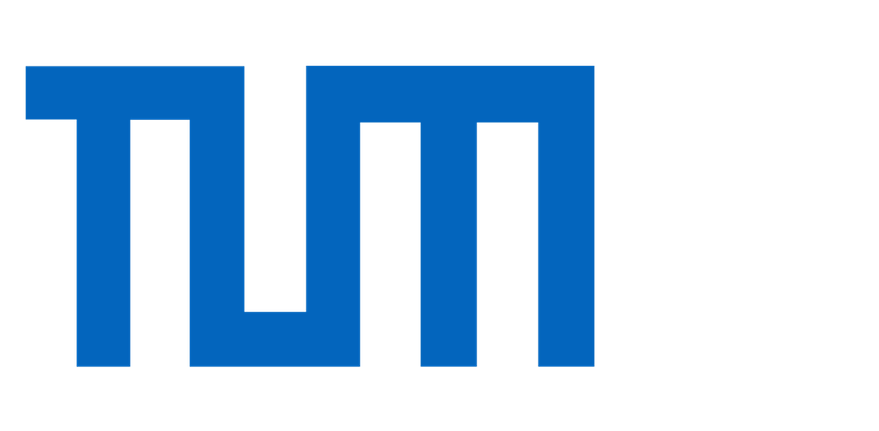We’re excited to highlight PBDL v0.3 at https://www.physicsbaseddeeplearning.org/, the latest version of our physics-based deep learning “book”. This version features a huge new chapter on generative AI, covering topics ranging from the derivation, over graph-based inference to physics-based constraints… Thanks to all those who contributed to this version, especially: Benjamin, Georg, Mario and Qiang!
The full PDF version can be found at: http://arxiv.org/pdf/2109.05237
Synopsis: PBDL is a hands-on, comprehensive guide to deep learning in the realm of physical simulations. Rather than just theory, we emphasize practical application: every concept is paired with interactive Jupyter notebooks to get you up and running quickly. Beyond traditional supervised learning, we dive into physical loss-constraints, differentiable simulations, diffusion-based approaches for probabilistic generative AI, as well as reinforcement learning and advanced neural network architectures. These foundations are paving the way for the next generation of scientific foundation models. We are living in an era of rapid transformation. These methods have the potential to redefine what’s possible in computational science.
As a sneak preview, the next chapters will show:
- How to train neural networks to predict the fluid flow around airfoils with diffusion modeling. This gives a probabilistic surrogate model that replaces and outperforms traditional simulators.
- How to use model equations as residuals to train networks that represent solutions, and how to improve upon these residual constraints by using differentiable simulations.
- How to more tightly interact with a full simulator for inverse problems. E.g., we’ll demonstrate how to circumvent the convergence problems of standard reinforcement learning techniques by leveraging simulators in the training loop.
- We’ll also discuss the importance of choosing the right network architecture: whether to consider global or local interactions, continuous or discrete representations, and structured versus unstructured graph meshes.

